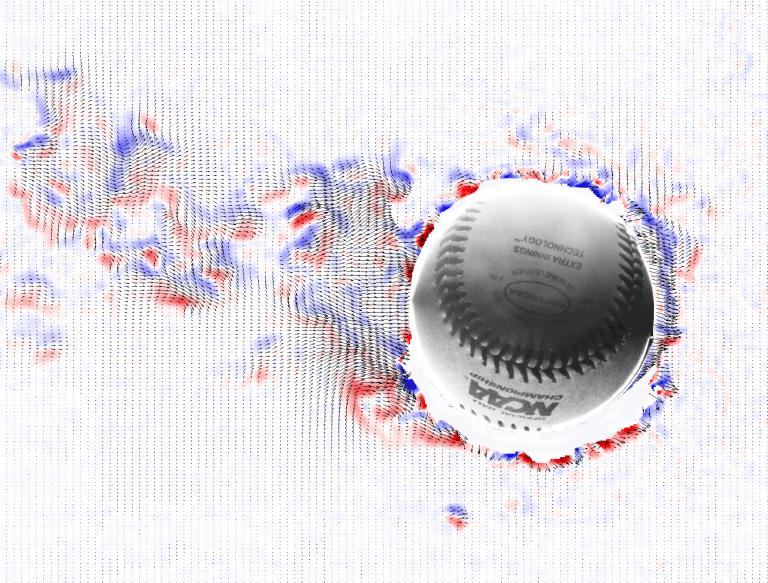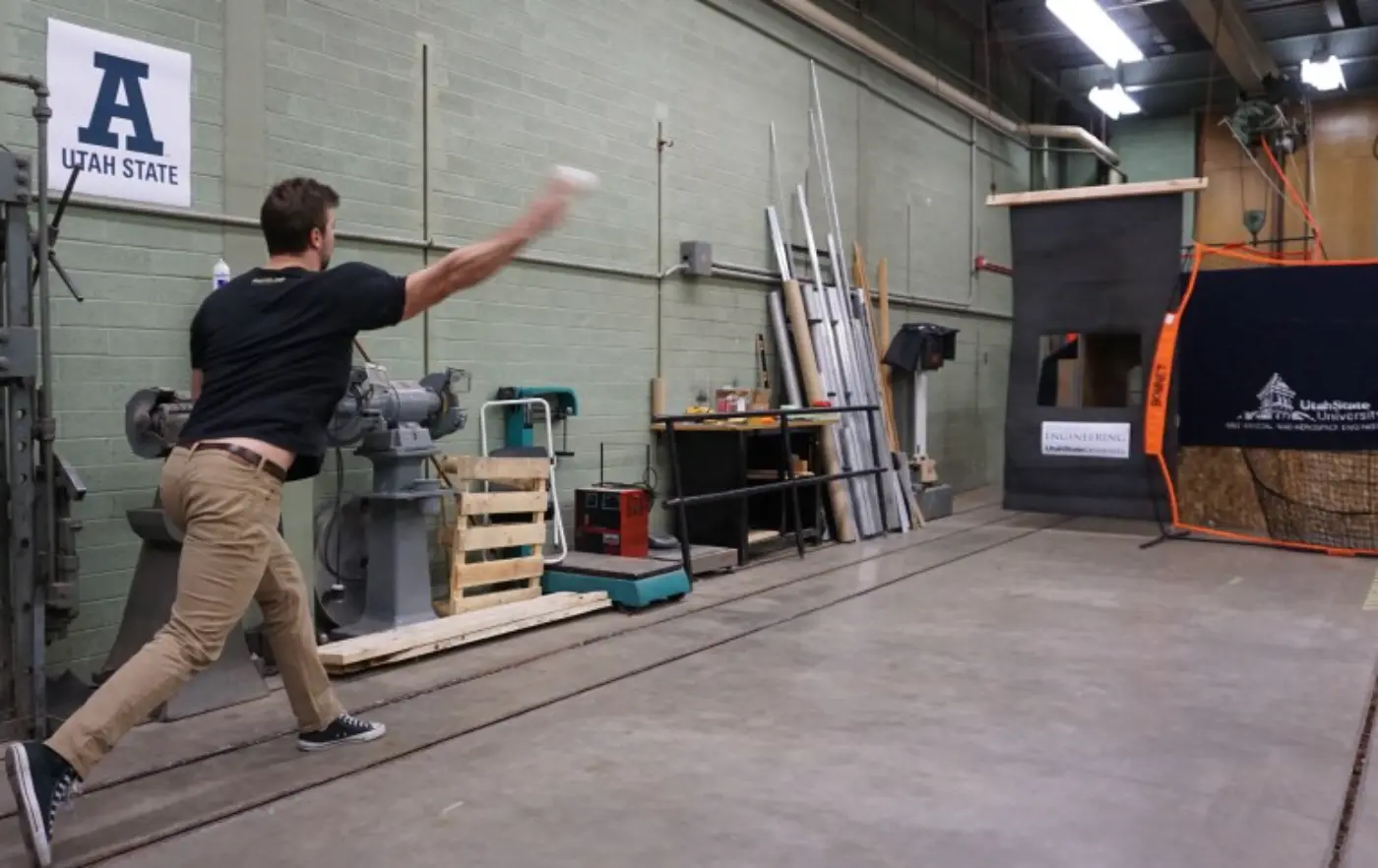Oh boy...I'll try this one more time.
If a ball is thrown with perfect corkscrew (AKA bullet spin) where the direction of motion is perfectly aligned with the axis of rotation of the ball, the ball will go throw straight.
*HOWEVER*, suppose you throw a ball with perfect corkscrew pin, but the direction of motion is *NOT* perfectly aligned with the ball's axis of rotation. If that occurs, then as the ball spins, one side of the ball has more seams interacting with the air than the other, causing the ball to move.
This type of ball motion is caused by laminar flow over the ball, not the Magnus effect.
Boardmember is using the same physics as Garcia uses to throw her riseball.
From a pitching perspective, the challenge is to consistently getting the correct angle to make the pitch predictable.
In the Arizona v. Washington game last night, Lopez threw a riseball using laminar flow. She didn't get the angle right, and it was a high fastball, which ended up over the left field fence.
Here is a full description of the physics behind the ball movement:

Laminar Express: Using Baseball Science to Enhance Two-Seam Fastballs
A "laminar express" pitch is a two-seam fastball whose term was coined by Trevor Bauer years ago when he developed a pitch that had dramatically morewww.drivelinebaseball.com
Ok, I thought I was missing something and it sounds like this is basically the same pitch as a screwball with the only difference being the spins orientation vs the the direction of the motion. Release early, and the axis will be more towards the RH batter and releasing more across the body or later will have the axis spinning away from the RH batter. Sounds like it would move less than a curve and potentially be harder to control too?




